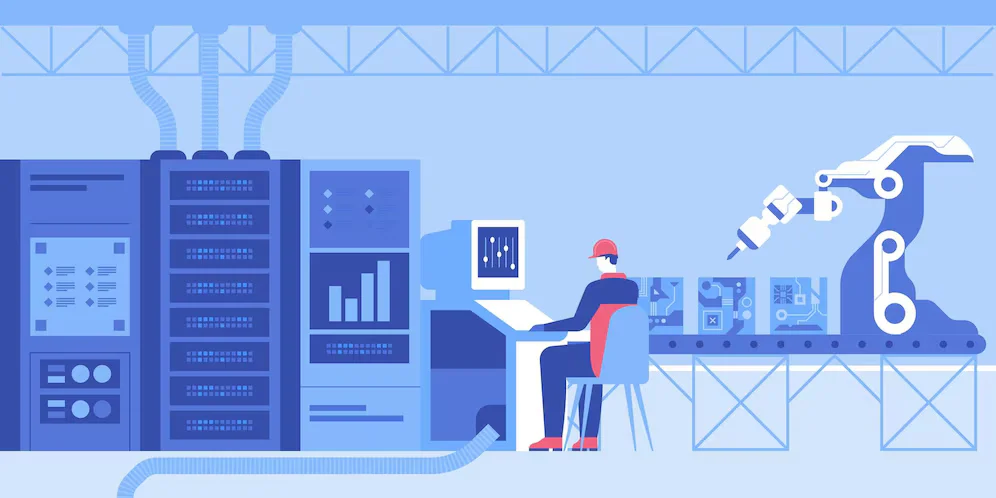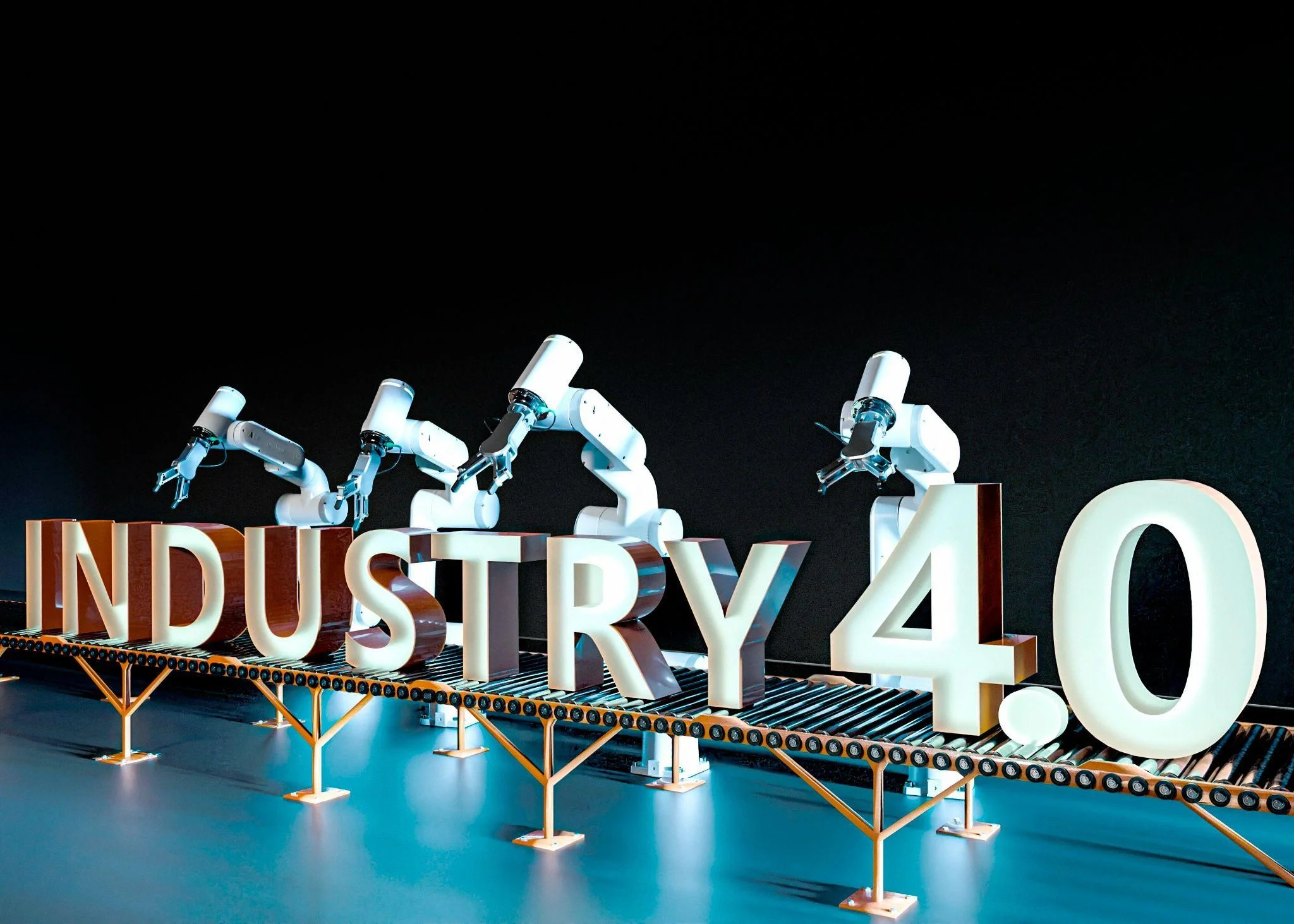Transform Your Manufacturing Operations with Lakehouse
Author: Inza Khan
04 September, 2024
The integration of Databricks Lakehouse architecture into existing manufacturing systems offers a transformative opportunity for manufacturers seeking to enhance data management, analytics, and operational efficiency. A Lakehouse combines the best features of data lakes and data warehouses, providing a unified platform for handling diverse data types and workloads. This blog explores how manufacturers can integrate Lakehouse systems into their existing infrastructure and the steps involved in the integration process.

Databricks Lakehouse Architecture
Databricks Lakehouse is a modern data architecture that merges the capabilities of data lakes and data warehouses. It is designed to handle both structured and unstructured data, offering transaction support, schema enforcement, and governance features akin to data warehouses, while maintaining the scalability and cost-efficiency of data lakes. This architecture supports diverse workloads, including business intelligence (BI), machine learning (ML), and real-time analytics, making it ideal for the dynamic needs of manufacturing.
Steps to Integrate Lakehouse with Manufacturing Systems
1. Assess Current Infrastructure
Begin by evaluating the existing data architecture to identify potential integration points and determine the compatibility of current systems with Lakehouse technology. This assessment helps in understanding the current data flow, storage solutions, and processing capabilities.
2. Choose the Right Lakehouse Platform
Selecting the appropriate Lakehouse platform is crucial. Manufacturers should choose a platform that aligns with their specific needs and objectives. Platforms like Databricks offer pre-built solution accelerators tailored for manufacturing, including digital twins, predictive maintenance, and part-level forecasting.
3. Data Migration and Integration
Plan the migration of existing data to the Lakehouse. This involves setting up robust data pipelines to ingest data from various sources such as IoT devices, ERP systems, and legacy databases. Ensuring seamless data flow and integration is key to maintaining operational continuity.
4. Implement Data Governance and Security
Establishing a strong governance framework is essential to ensure data security, compliance, and quality. This includes setting up access controls, audit logs, and data lineage tracking to monitor data usage and maintain data integrity.
5. Develop Analytical Capabilities
Leverage the analytical tools provided by Lakehouse to build dashboards, reports, and machine learning models that offer actionable insights for manufacturing operations. This step involves collaborating with data scientists and analysts to harness the full potential of the Lakehouse.
6. Continuous Monitoring and Optimization
Regularly monitor the performance of the Lakehouse system and optimize data workflows to ensure efficiency and scalability as data volumes grow. This involves using performance metrics to identify bottlenecks and implementing improvements to enhance system performance.
Best Practices for Lakehouse Integration
- Start with DataOps: Implement DataOps practices to build, implement, and manage data pipelines efficiently. This includes continuous deployment, orchestration, testing, and monitoring of key components.
- Assemble the Right Team: Ensure that the integration team includes data engineers, data scientists, software developers, and other relevant stakeholders. Align team skills with project requirements and foster a culture of continuous learning.
- Integrate a Variety of Data: The Lakehouse should encompass all relevant datasets, including structured and semi-structured data from various sources. This supports both current and future use cases.
- Open Your Architecture: Use open interfaces and formats to ensure interoperability and prevent vendor lock-in. This enhances data portability and allows integration with a wide range of tools and platforms.
- Build to Scale and Optimize for Performance: Design the Lakehouse to handle varying workloads efficiently. Implement scalable infrastructure that can adjust resources based on demand, optimizing the performance-to-cost ratio.
Challenges and Considerations
While integrating a Lakehouse offers numerous advantages, manufacturers should be aware of potential challenges:
- Complexity of Implementation: Building a Lakehouse from scratch can be complex. Opting for out-of-the-box solutions or partnering with experienced vendors can mitigate this challenge.
- Change Management: Transitioning to a new data architecture requires changes in processes and employee training, which should be managed carefully to ensure a smooth transition.
- Evolving Technology: As Lakehouse technology is relatively new, manufacturers should stay informed about best practices and updates to maximize the benefits of their investment.
Conclusion
Integrating Lakehouse into your manufacturing systems can greatly improve how you manage data, helping you drive innovation and efficiency. Xorbix Technologies offers expert Databricks services to make this process smooth and effective. We help you overcome challenges so you can fully benefit from Lakehouse architecture, transforming your operations and staying competitive in the fast-changing manufacturing industry.
Read more on related topics:




